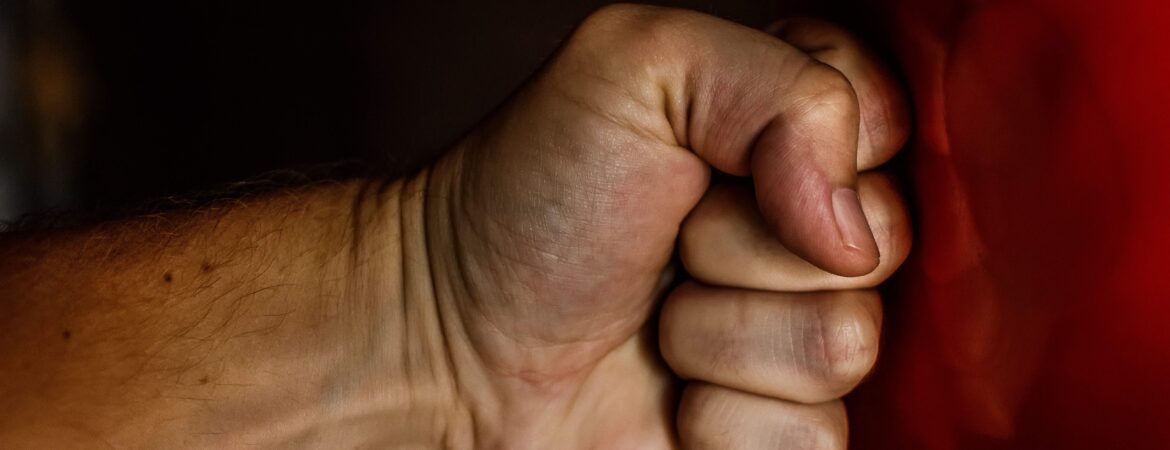
Police-recorded hate crimes rose 26% in a year with Home Office figures showing a total of 155,841 offences were reported between March 2021 and March 2022. This is the biggest annual rise since 2017.
The offences included:
- 109,843 race hate crimes (the first time the number of racially motivated hate crimes recorded over a year has topped 100,000)
- 8,730 religious hate crimes (a 37% rise to the highest number since records began in 2012)
- 26,152 sexual orientation hate crimes (a rise of 415)
- 14,242 disability hate crimes (a rise of 43%) and 4,355 hate crimes (a rise of 56%) against transgenders
Although the number of hate crimes motivated by transgender identity were lower than the other groups, the percentage rise is the highest. This promoted the Home Office to admit this could be because transgender issues have been “heavily discussed on social media” over the last year so alleged offences are higher in the public’s consciousness.
In the commentary supporting their report, the Home Office said:
“It is uncertain to what degree the increase in police-recorded hate crime is a genuine rise or due to continued recording improvements and more victims having the confidence to report these crimes to the police.”
They also claimed that while part of the blame for the rise could be linked to the “suppressant effect” of the recent lockdowns, there have been other triggers.
A separate freedom of information request has revealed that homophobic and transphobic hate crime recorded had risen shortly straight after lockdown restrictions were eased. However, it is felt the Brexit referendum, terror attacks and the Black Lives Matter protests and far-right counter-protests in 2020 also played a significant part as did England’s defeat at the Euro football championship finals in July 2021.
What is hate crime?
A hate crime is defined as:
“Any criminal offence which is perceived by the victim or any other person, to be motivated by hostility or prejudice based on a person’s race or perceived race; religion or perceived religion; sexual orientation or perceived sexual orientation; disability or perceived disability and any crime motivated by hostility or prejudice against a person who is transgender or perceived to be transgender.”
While there is always a victim in a crime, that victim could be anyone. In a hate crime the perpetrator is motivated solely by who their victim is or what they appear to be. This could be the victim’s race, religion, sexual orientation, disability or the fact they are transgender.
Not all hate incidents will amount to criminal offences, but it is equally important that these are reported and recorded by the police. In fact, the Home Office’s figures show a sizeable proportion of hate crimes are still dealt with by a caution or summons.
One important point to note is that there is no need for a victim to give personal evidence of a hate crime nor do you have to recognise you have been the victim of a hate crime. There would be adequate cause if a witness or a police officer thought an incident was hate related.
What are the different types of hate crime?
While a hate crime will be linked to the victim’s race, religion, sexual orientation, disability or the fact they are transgender, the actual crime committed against them will fall into one of three categories:
1. Physical assault which can lead to a charge of common assault, actual bodily harm or grievous bodily harm.
2. Verbal abuse like physical threats or name-calling for which laws are in place to protect those who receive this type of verbal abuse.
3. Incitement to hatred in words, pictures, videos, music or information posted on websites.
If you or one of your clients has been affected by this worrying rise in hate crimes and you would like to discuss your legal position with one of your experienced criminal barristers, please contact us today.
Leave A Comment